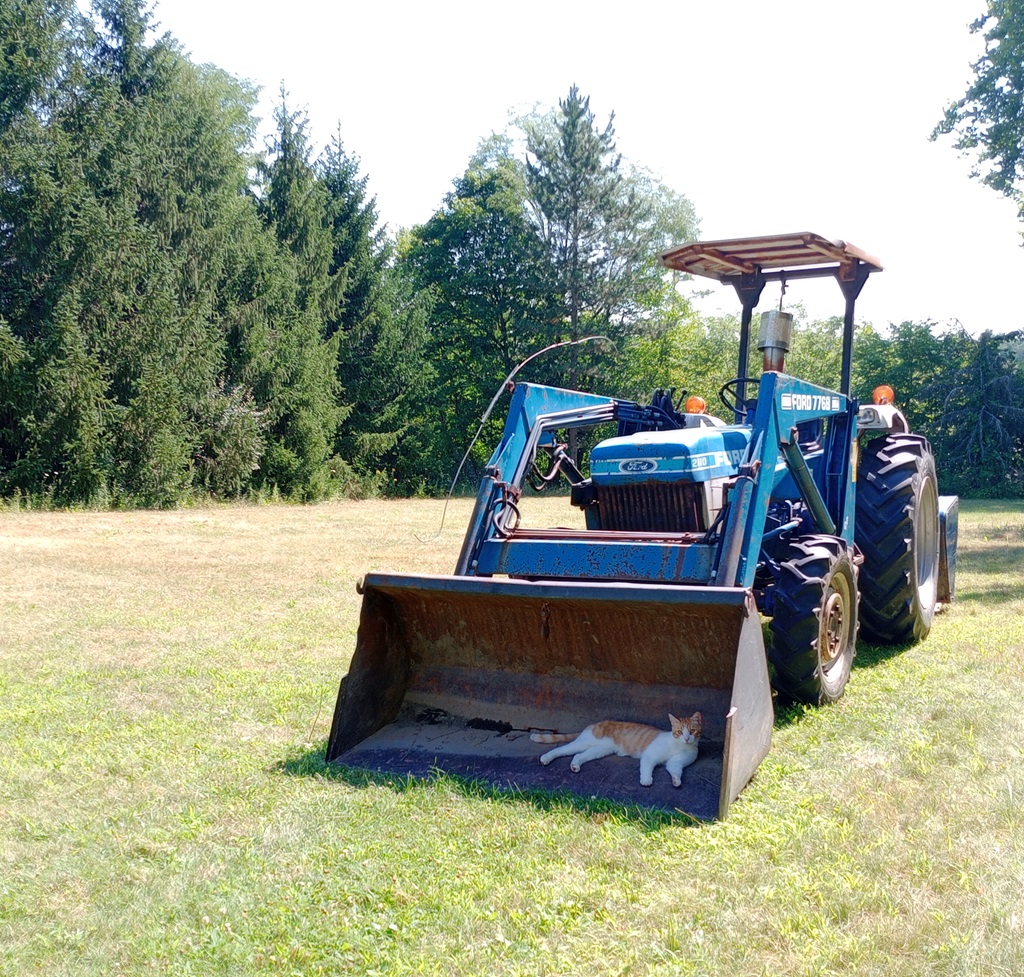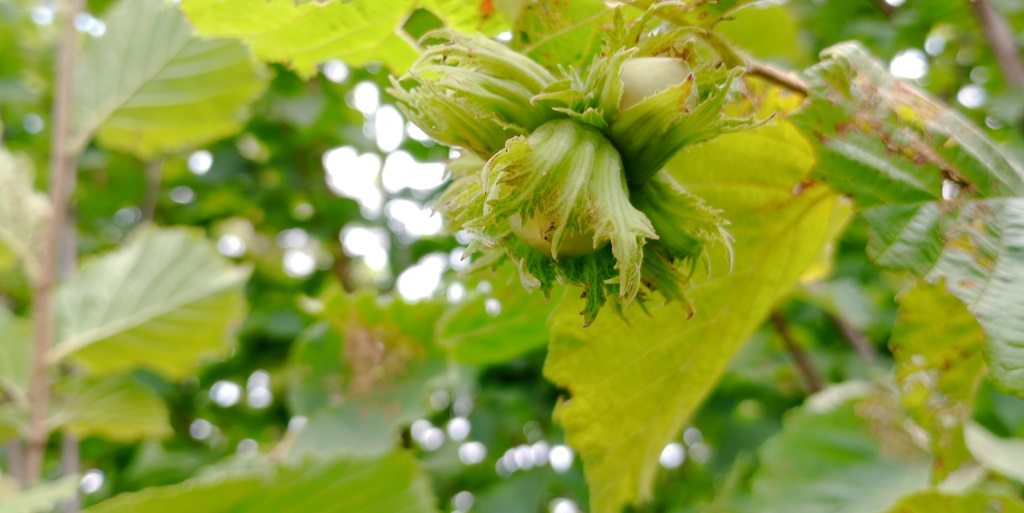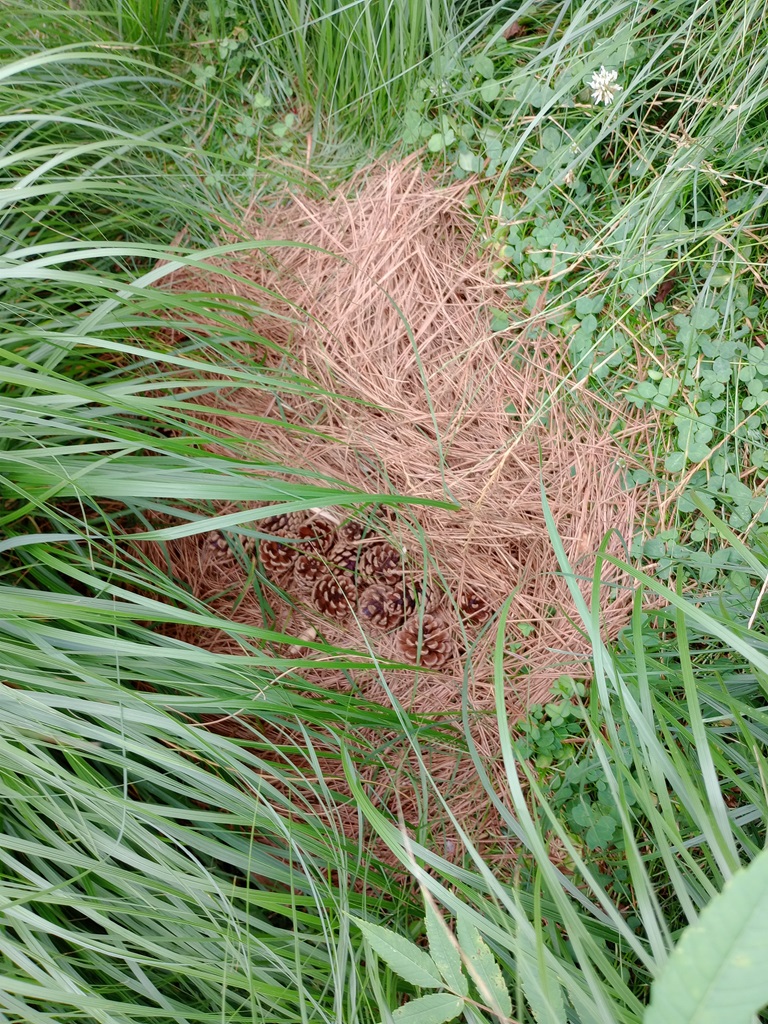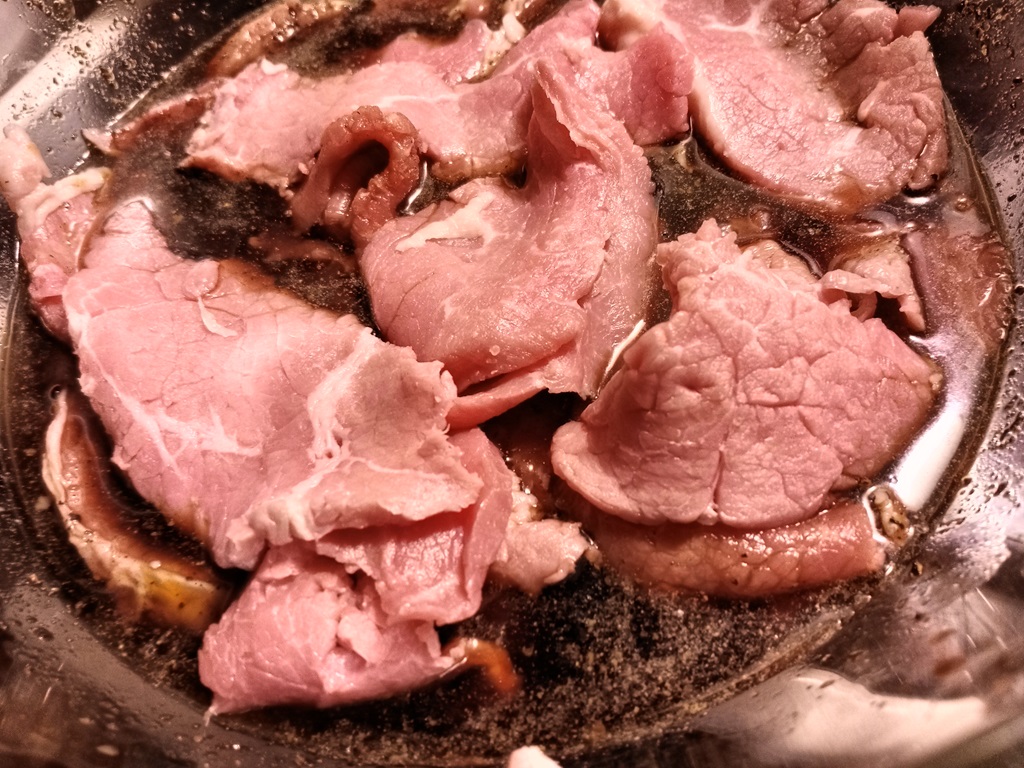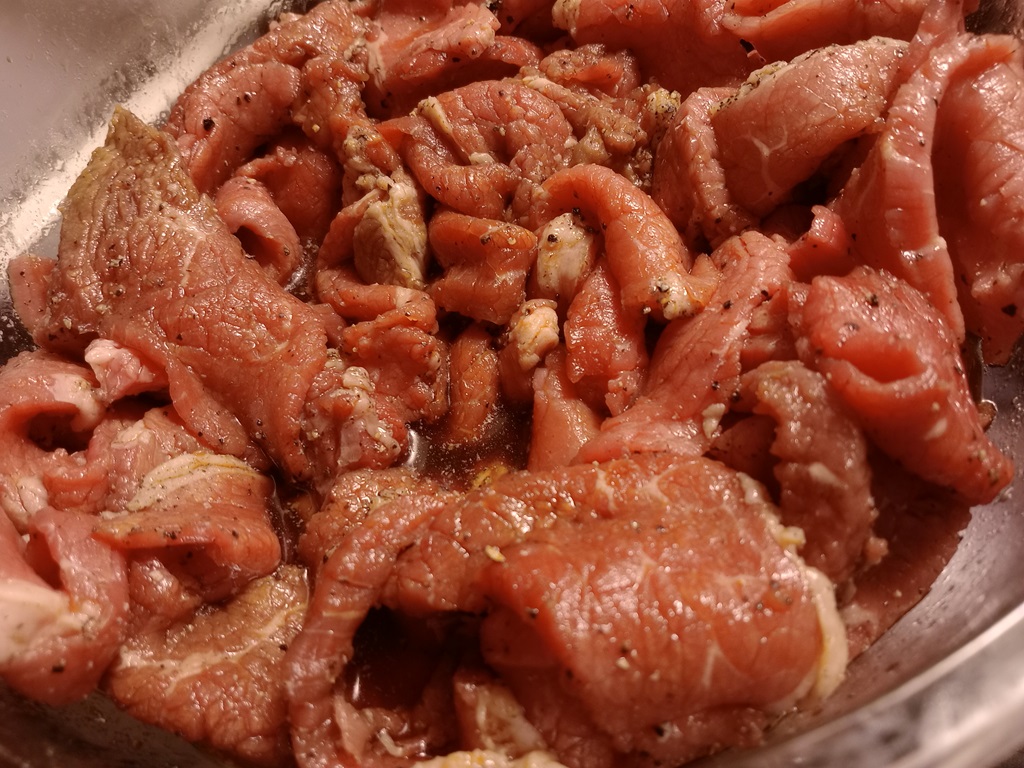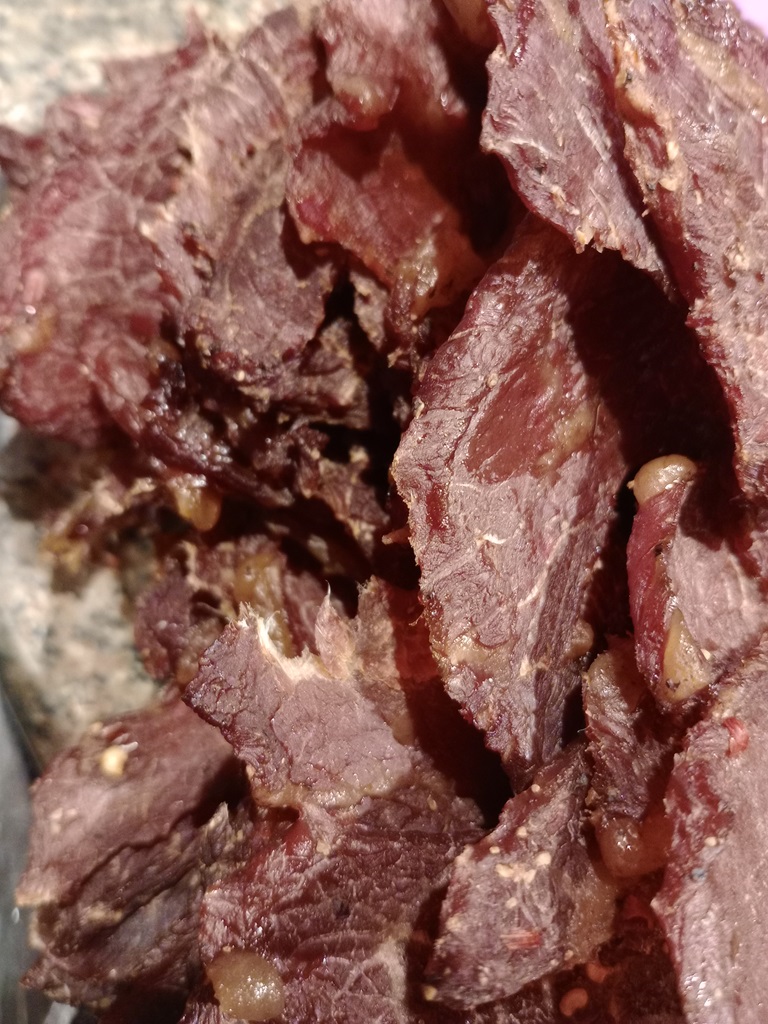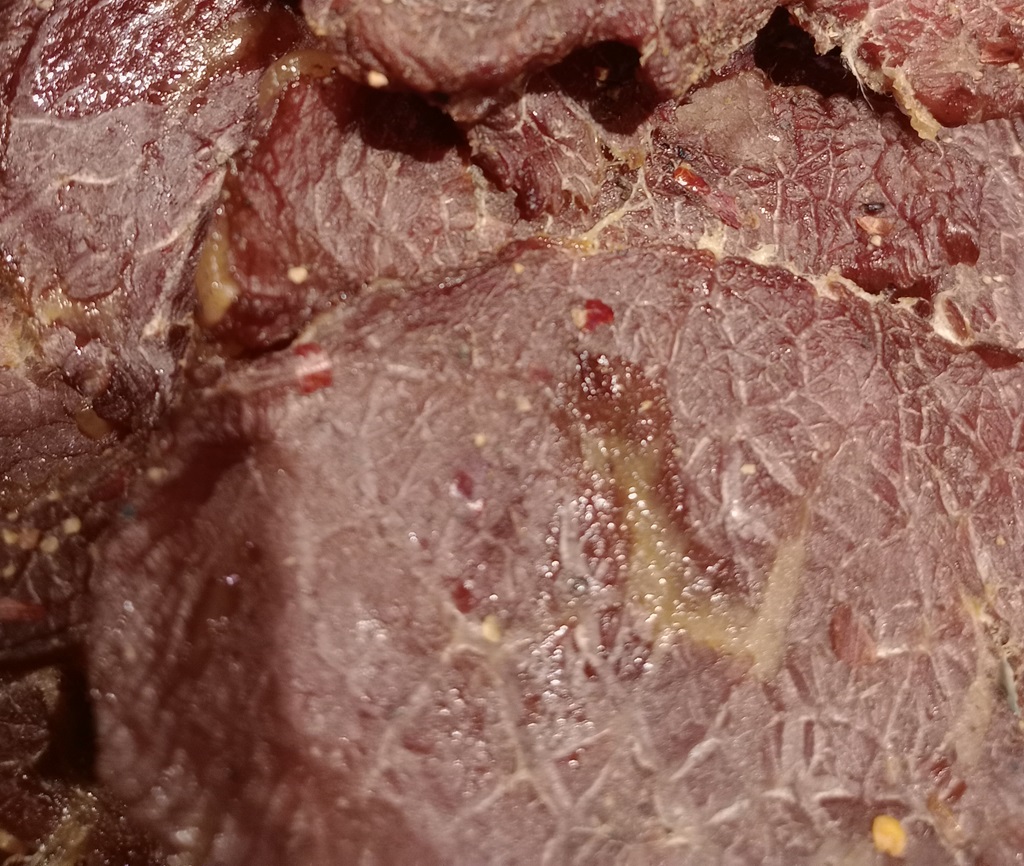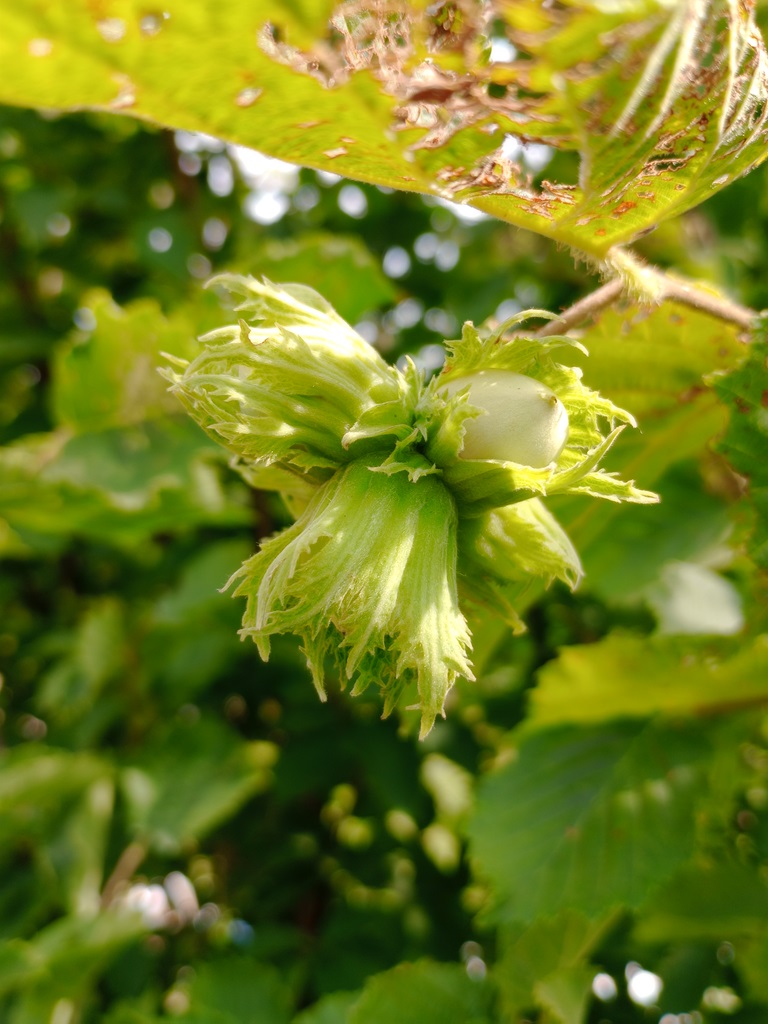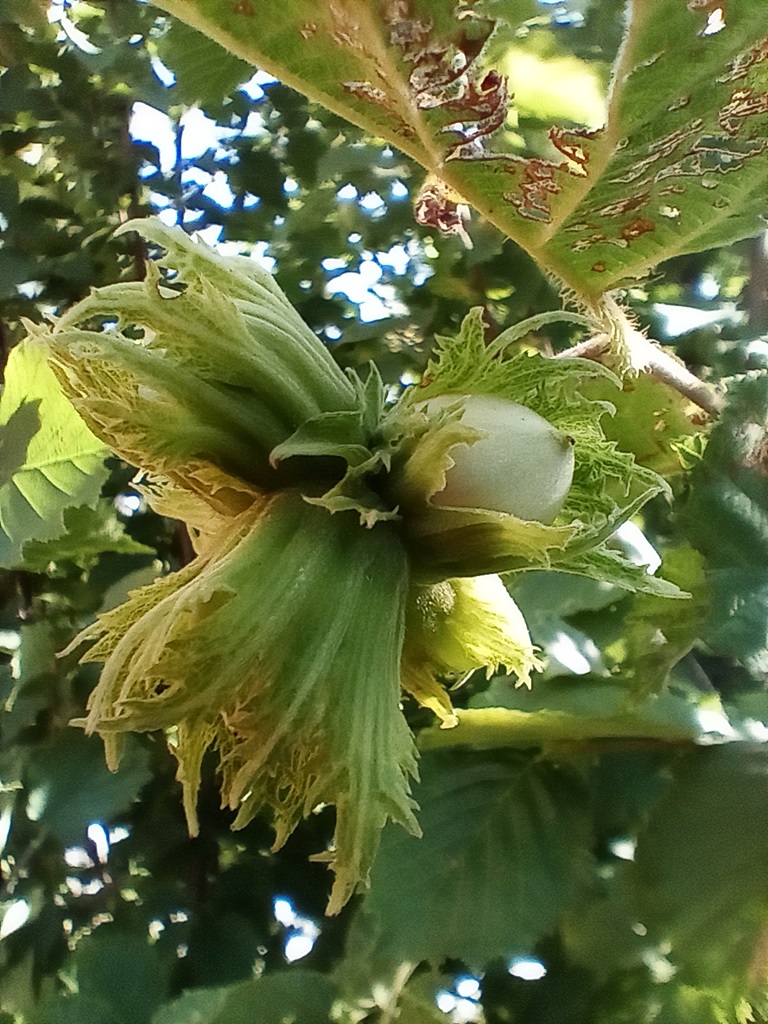I had a dual major in Uni: history and theoretical physics. My “history mentor” was someone who studied under Howard Zinn, so my knowledge tends towards a somewhat alternative version of history. And his thesis was on slavery — so many of the Project 1619 ideas were hardly new to me. Listening to Trump say VP Harris turned Black — beyond sounding racist weird — shows a remarkable lack of historical perspective and a stunning US-centric view of the world.
Harris’s father is Jamaican. To say she isn’t Black is to say Jamaicans aren’t Black. The University of the West Indies has some 76% of the Jamaican population being of African descent.
Does he think the entirety of the slave trade was built around the USA?!? Over 90% of enslaved Africans were sent to South American and the Caribbean. Jamaica, specifically, was a British colony — and somewhere between half a million and a million enslaved people were sent there. Why? Sugar production! There were about 400,000 enslaved Africans sent to the USA. So, based on historic records? More Africans were kidnapped and forced into slavery in Jamaica than the USA.
